Climate and Energy Summit 2025
Next event In person & livestreamed
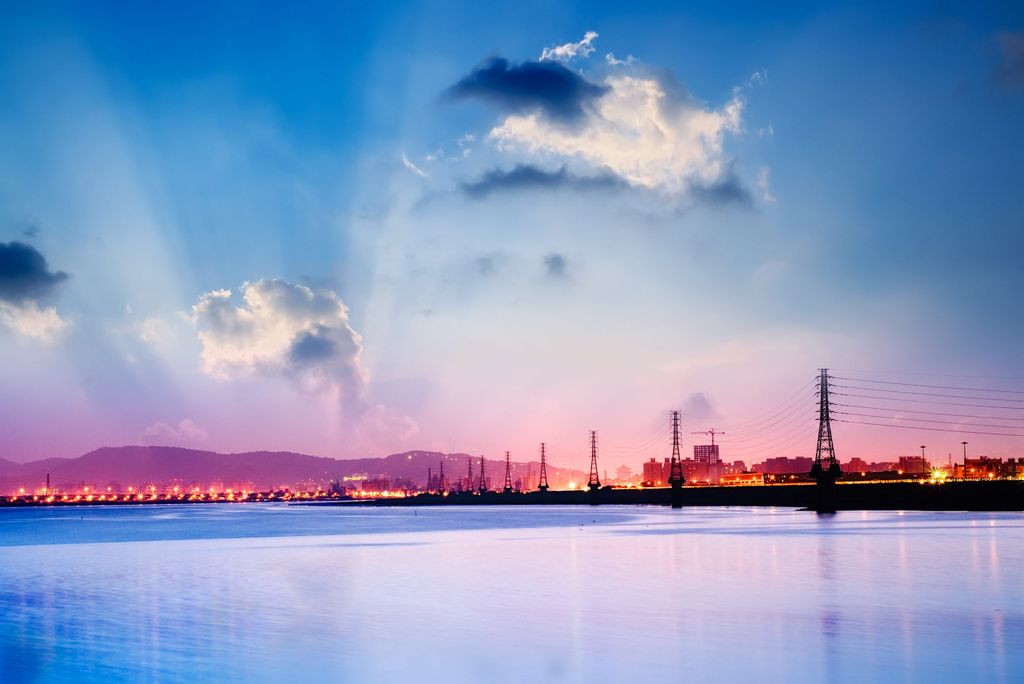
- Area of Expertise
- Climate, Energy & Natural Resources
Climate, Energy & Natural Resources

Mayor of Florence and President of Eurocities
National and local governments have moved mountains to cope with the COVID-19 pandemic. We have stood on the front lines, trying to ensure social inclusion and social cohesion, offering free meals and school equipment, reaching out to the most vulnerable and supporting local businesses.
We have proven that systematic transformation can happen in a very short space of time. How does this translate to the biggest ongoing transformations of our time? What of the digital and green transformations? If we want to build cities that are increasingly able to cope with future challenges including pandemics and natural disasters caused by climate change, such as earthquakes or floods, there are many lessons to be taken from recent months.
A few weeks ago, European Commission President Ursula von der Leyen attended the One Planet Summit in Paris, and said that, “if we don’t urgently act to protect our nature, we may already be at the beginning of an era of pandemics. But we can do something about it. It needs concerted global action and local sustainable development”.
I agree with her words: this disruptive health crisis is a symptom of how we have disrespected our environment and clear evidence that we must move to a more sustainable way of living and organising our communities. In these challenging times we have an important opportunity to rethink our cities and build back better, and we are not going to waste it.
Radical shifts in policy, and in our behaviour, are possible
It is all about building greater resilience into our urban and social models by responding to and accelerating the transformation that is already happening, the most urgent of which is the climate crisis. City leaders have many paths to building greater resilience. Many cities have already taken concerted action to mitigate climate change. In fact, 64% of Eurocities members, a network of major European cities, have already committed to reach carbon neutrality by 2050, and Florence is also paving the path to becoming a zero-emission city.
Actions can include investing in blue and green infrastructures, such as bringing nature to urban areas by planting trees and other flora to limit the effects of heat islands, thus reducing the need for air conditioning and making city life more comfortable. Trees can also control surface water, lessening flood damage. It can mean making an effort to ‘re-nature’ – greening roofs or resetting the course of a river, for example. These actions can often benefit the city in other ways by offering ‘double wins’, such as helping improve the thermal insulation of buildings, retaining water during rainfall peaks, storing carbon, cleaning air, promoting biodiversity and improving the urban landscape.
Developing shorter food supply chains can reconnect cities with their surrounding rural areas and urban consumers with small-scale food producers, benefiting both the environment and local jobs. This is more crucial than ever, as we have seen increases in people seeking food aid and basic material needs during the crisis.
Transport is without a doubt one of the major pollutants across all cities. During the pandemic, we changed our mobility habits. Many cities, including Florence, took the opportunity to extend cycle lanes, introduce new speed limits or widen pedestrian routes. These measures were adopted with speed and show that radical shifts in policy, and in our behaviour, are possible. Florence also improved tramways and expanded the public transport system, while promoting alternative mobility, such as more bike sharing (an extra 2,500 units), and is now developing more than 30 km of new cycling lanes.
We face a climate crisis that demands action
The socio-economic disruption caused by the COVID-19 pandemic is not to be underestimated, but the current recovery efforts should also be taken as an opportunity to build greater resilience into our urban design across social, digital and environmental plains. A green recovery would not only benefit the environment and the climate but also create more jobs, provide higher short-term returns and increase long-term savings when compared to traditional stimulus programmes.
More than a third of the current recovery money allocated through EU channels for national plans is reserved for green actions. It is a no brainer that this money should be focused on cities, in which over 75% of the EU’s population lives and which are the source of most emissions, as well as the places that have been hardest hit by the crisis. In Italy, this is already happening due to a broadly positive relationship between the national government and cities, but this is not the case in every member state. However, the EU can also help. To achieve the climate objectives, we foresee three roles for the European Commission.
Firstly, the Commission should intensify collaboration with and support for cities undertaking major efforts to reach an even higher reduction target for 2030. Secondly, the Commission should set up the right legislative framework to enable cities to deploy their full capacity of decarbonisation. Thirdly, the Commission should capitalise on local insights by working with European network organisations, like Eurocities, and city authorities directly, including on financing.
We know that change can happen fast. We know that we face a climate crisis that demands action now. The math is simple.
Next event In person & livestreamed

Past event In person & livestreamed
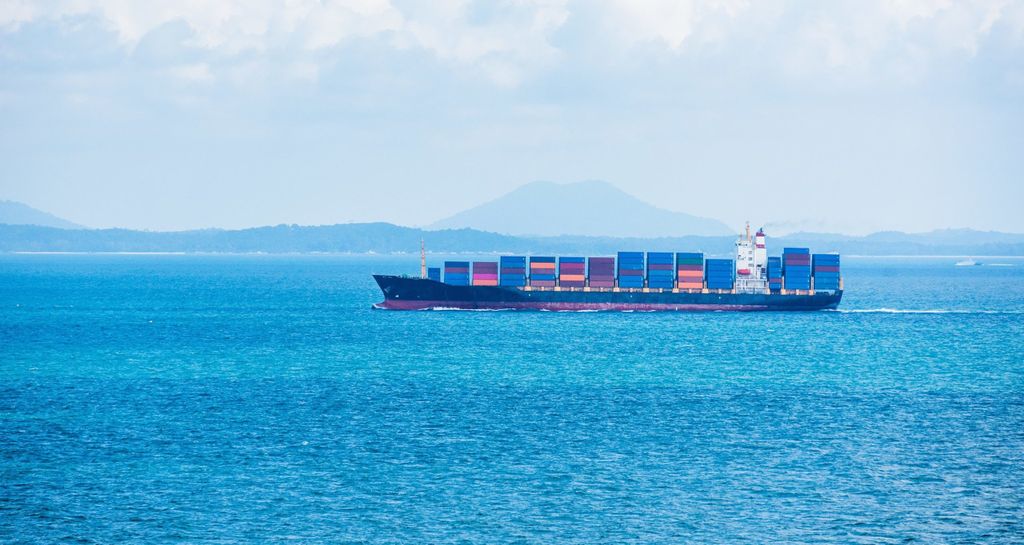
Past event In person & livestreamed
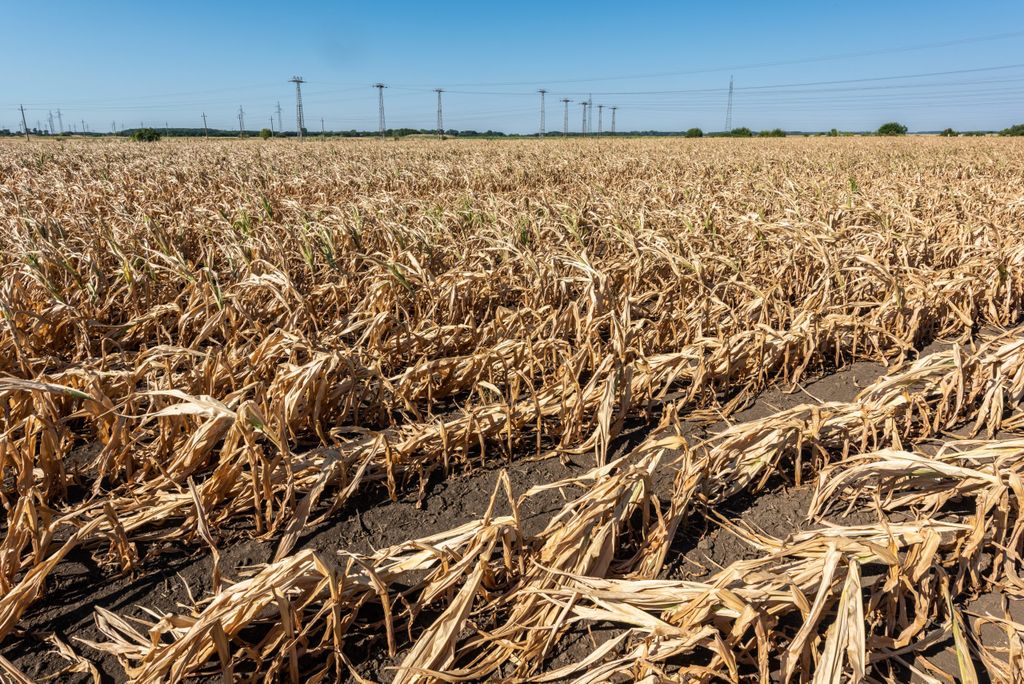
Past event In person & Livestreamed
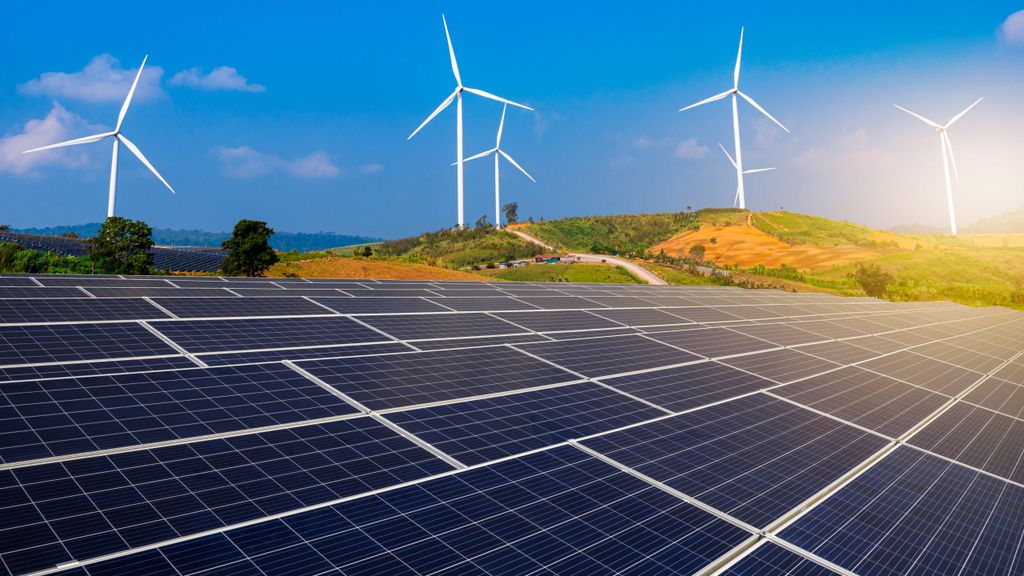
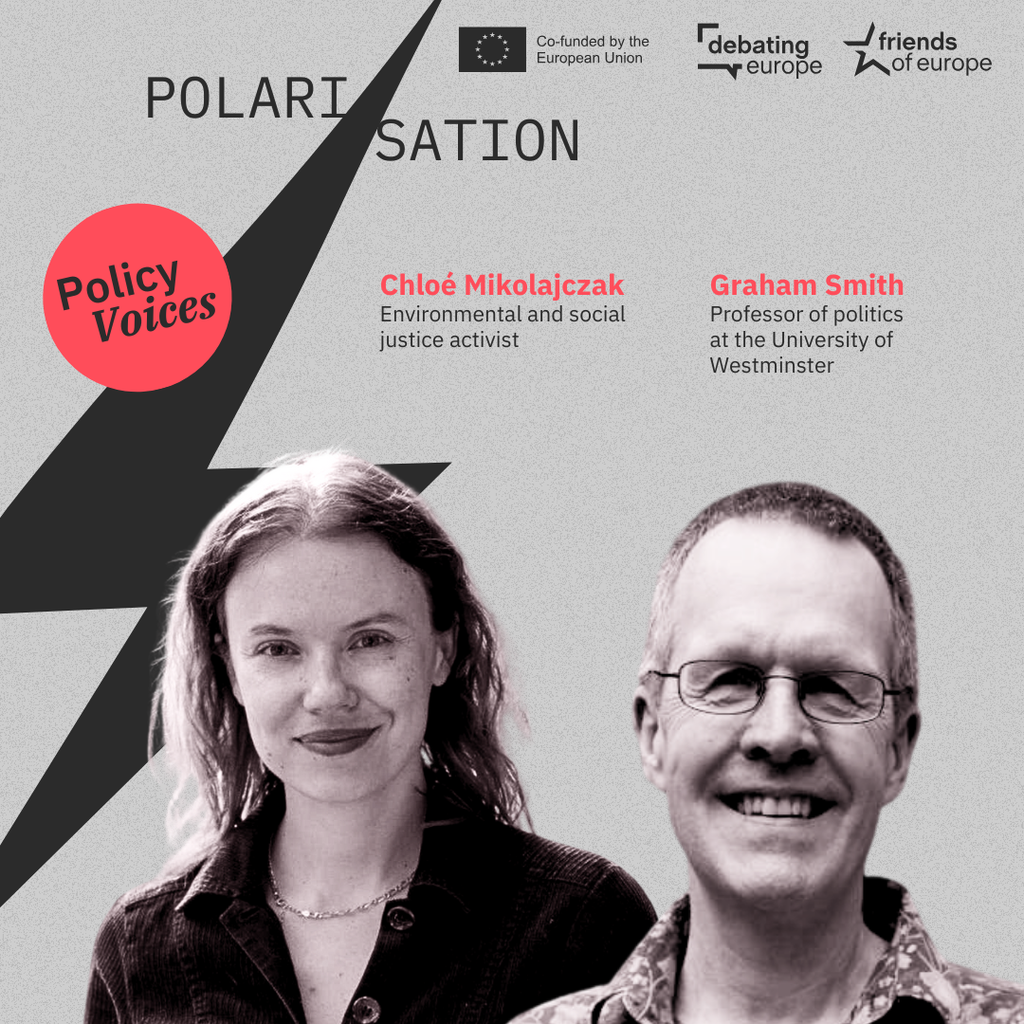

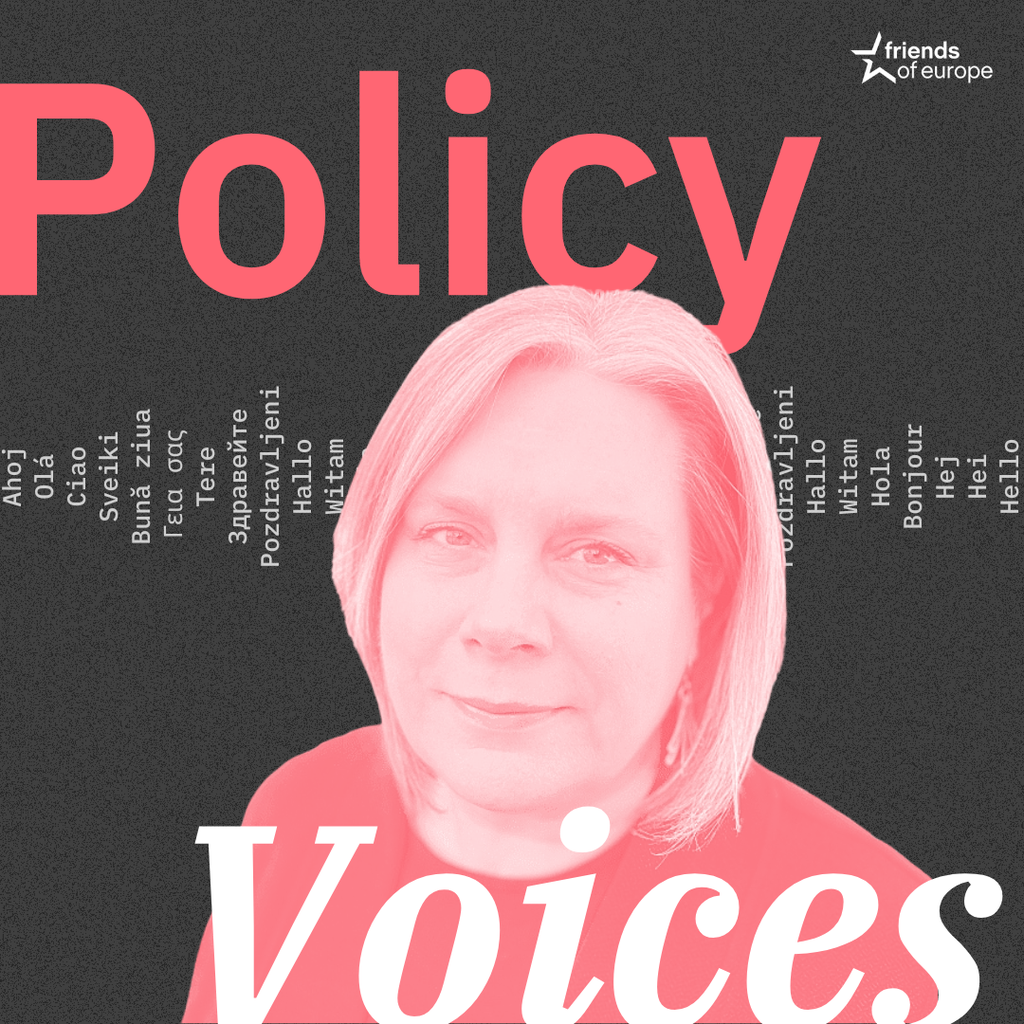
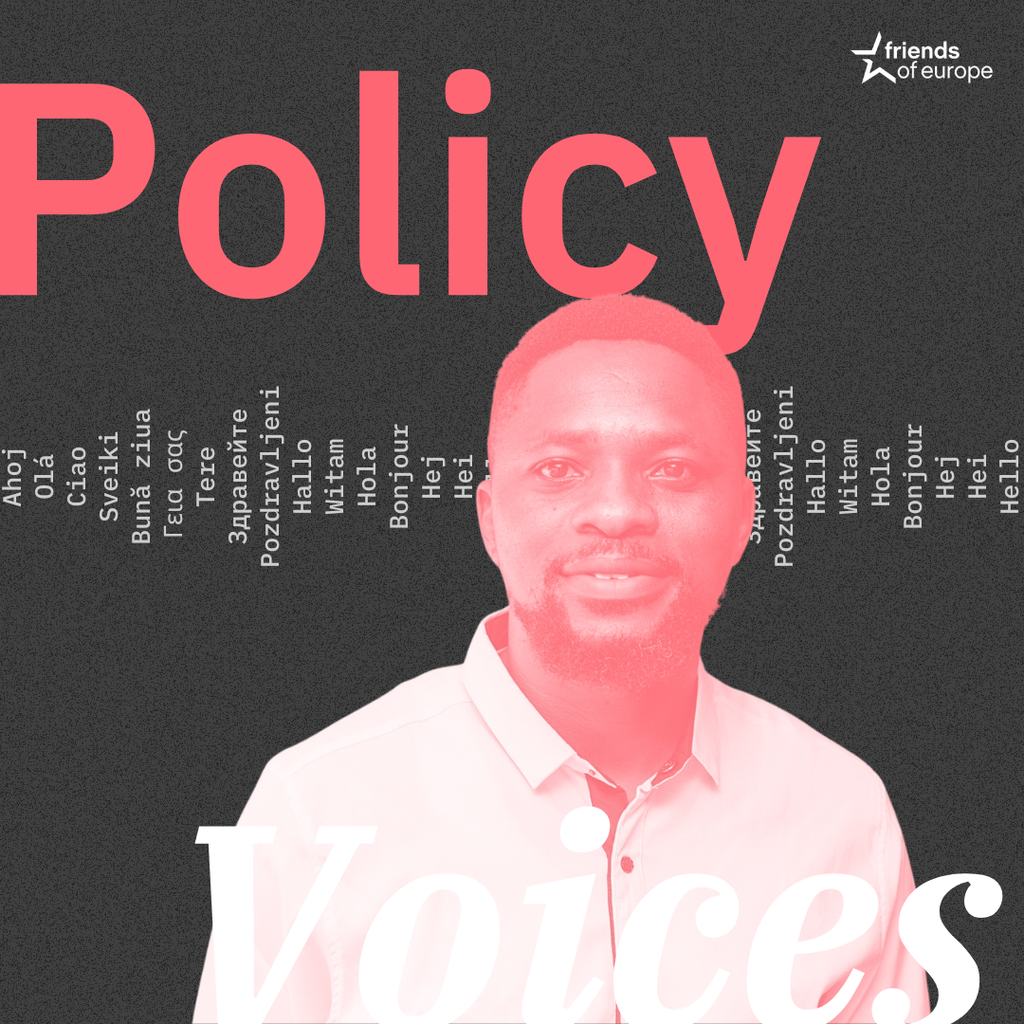
Stay informed
We use cookies and similar technologies to adjust your preferences, analyze traffic and measure the effectiveness of our campaigns. Learn more about our privacy policy.